AI Photo Restoration online Tool
AI Photo Restoration Online is a cutting-edge technology that utilizes artificial intelligence to restore old, damaged, or low-quality photos. This innovative tool lets users easily upload photos and the AI algorithms do the rest. The AI software can automatically detect and correct various types of damage, such as scratches, stains, and discoloration while enhancing the image’s overall quality. This allows users to preserve their precious memories and bring old photos back to life. AI Photo Restoration Online is a fast, affordable, and easy-to-use solution that makes photo restoration accessible to everyone.
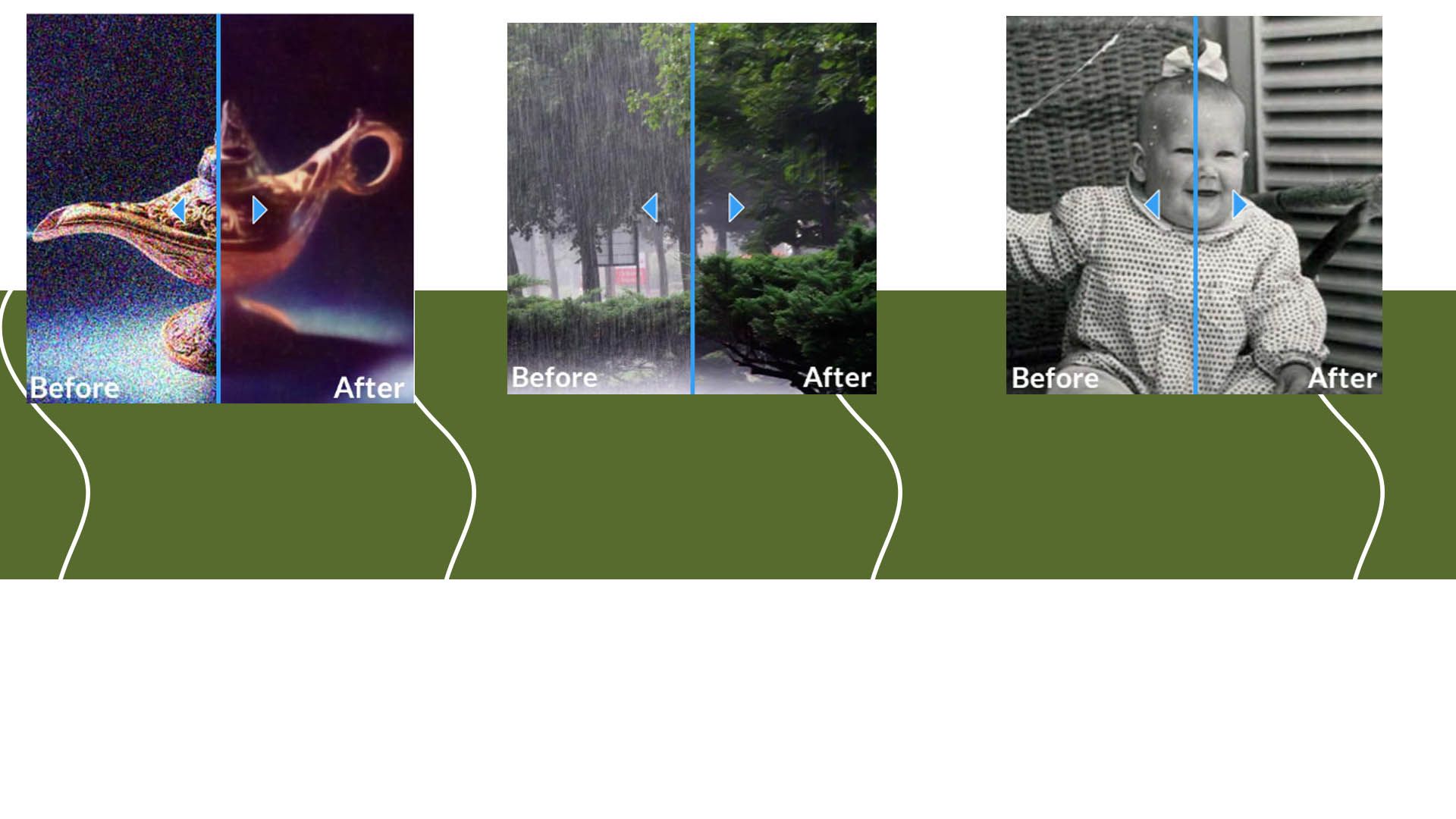
What Makes Saiwa Photo Restoration Online Different?
Web-Based
Saiwa, as a customized web-based application, can repair old or damaged images without downloading software.
Auto Repair Images
Automatically remove blur, noise, or any degradation from damaged or old photos online.
100% AI-Powered
A product or service that relies entirely on artificial intelligence technology without human intervention or manual input.
Amazing Results
You can quickly transform your damaged photos into amazing new ones with a few clicks.
How to restore damaged photos with online Photo Restoration?
Choose appropriate service
Choose the relevant tool from the services section and Demo tab according to the type of photodamage, including blur, noise, etc.
Upload a damaged Photo and corresponding mask
To upload the selected damaged Photo, click the upload button. You may also generate the mask online.
AI Restore damaged Photo
Press the Apply' button to have AI automatically remove blur, noise, and unwanted rainfall effects from your images and restore colors.
Preview & Download
After completing the process and making corrections to the desired photo, you can easily download the output photo.
Fix Blurry image Instantly with image deblurring online
Image deblurring online removes blur from an image caused by a camera shake or motion blur. It is a crucial task for photographers, graphic designers, and anyone wanting to enhance their images’ quality. Thanks to advancements in technology, online tools are available that can help you deblur your images quickly and easily.
Saiwa image deblurring online tool is a web-based application that uses advanced algorithms to remove blur from your images. These tools are easy to use and require no software installation or technical expertise. All you need to do is upload your blurry image to the tool, and it will automatically remove the blur and provide you with a clean and sharp image.
Some features you can expect from an image deblurring online tool include previewing and comparing the before and after images and the ability to download the deblurred image in various formats. These tools are ideal for anyone who wants to quickly enhance the quality of their images without the need for expensive software or hardware.


Remove various types of noise from images with image denoising online
An image denoising online tool is a powerful and convenient tool that allows users to remove noise from their images quickly and easily. These tools utilize sophisticated algorithms and machine learning techniques to identify and eliminate noise from digital images, resulting in cleaner and clearer images.
One of the primary advantages of using Saiwa image denoising online tool is the speed at which they can process images. These tools can analyze and clean up images in a matter of seconds, saving users significant time and effort. Additionally, they often provide users with various settings and options, allowing them to customize the denoising process to their specific needs and preferences.
Overall, image denoising online tools are an excellent resource for anyone looking to improve the quality of their digital images quickly and easily.
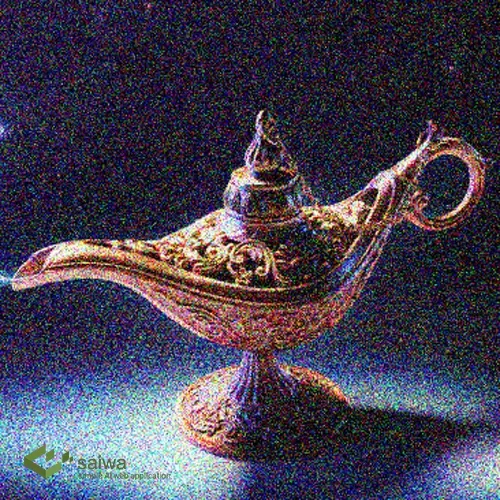
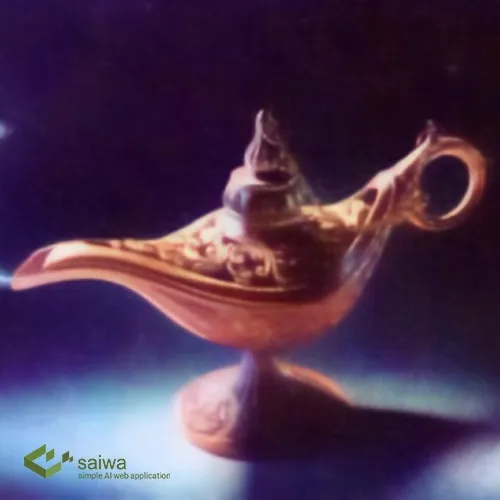
Eliminate the Raining effects form image with image draining online
Image deraining is a type of algorithm used for photo restoration that is designed to remove rain artifacts from images. When dealing with images and videos in fields such as video surveillance and self-driving cars, it is essential to remove undesired raining artifacts that can potentially interfere with the performance of the processing algorithm. For this reason, pre-processing steps that effectively remove these artifacts are essential. Saiwa offers two different image denoising methods based on deep learning: the Multi-Stage Progressive Image Restoration Network (MPRNet) and the Density-Aware Image De-Raining Method Using a Multistream Dense Network (DID-MDN).
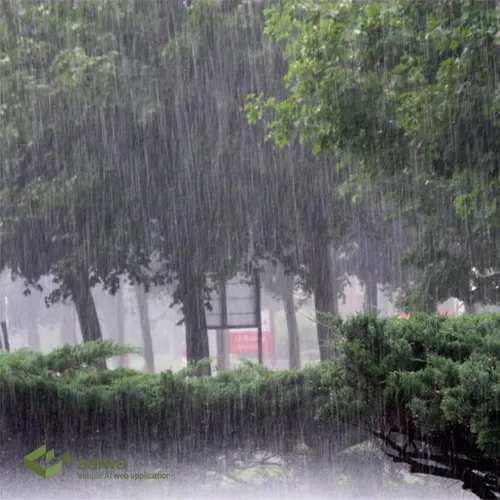
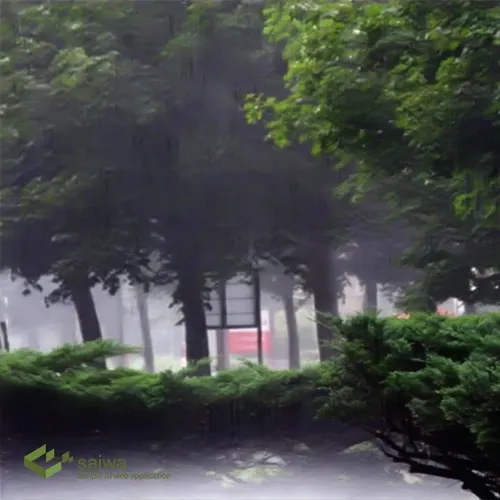
Filling in missing or damaged parts of photos with image inpainting online
Image inpainting online removes unwanted elements or objects from digital images using advanced algorithms and tools. This technique is commonly used in photo editing software and applications and on social media platforms to enhance images and make them more aesthetically pleasing. Image inpainting can be used to erase blemishes, scars, or other imperfections in photos or to remove distracting objects or backgrounds. However, it is important to note that the misuse of image inpainting tools can spread fake or altered images, which can have serious consequences. As such, it is essential to use image inpainting responsibly and with caution and to be aware of its potential impact on our perception of reality.
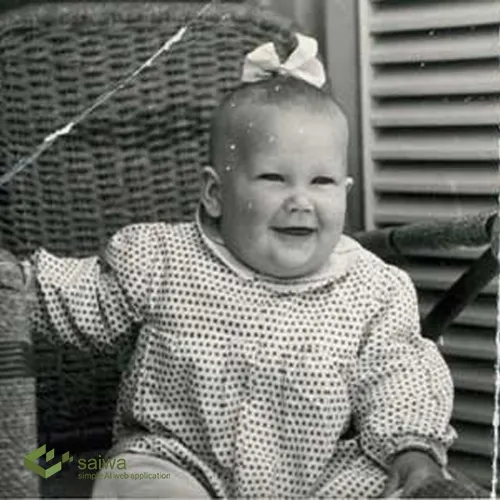

AI Photo Restoration vs. Traditional Method
Photo restoration in the traditional sense has always been an extremely slow process, demanding a lot of skill and time from the professionals involved. Though it works well, it is expensive and many people do not have access to it. Still, there is a whole new realm of AI that provides a whole new way of photo restoration.
Sophisticated algorithms trained on vast datasets of damaged and repaired photos are used in AI photo restoration. This means that AI tools can detect tears, scratches, fading, noise and correct them without human intervention. The outcome often surpasses conventional alternatives: faster turnarounds and possibly better outcomes.
One of the biggest advantages of AI photo restoration is its accessibility. Professional restoration services can be quite costly, while AI tools offer a more budget-friendly option for anyone looking to restore their cherished memories. Additionally, AI photo restoration is incredibly convenient. With just a few clicks, you can upload your damaged photo and let the AI work its magic.
While traditional restoration provides a high level of control and customization, AI photo restoration undergoes constant changes. Breakthroughs have made it possible for AI tools to effectively handle even complicated forms of damage. Also, a lot of people prefer using AI photo restoration over other alternatives given its fastness and affordability, ease of use, among others.
Tips for Getting the Best Results from Photo Restoration Online Free Tools
Start with a high-quality scan: The better the quality of your original photo, the better the results will be from the free online restoration tool. Use a scanner with a high resolution (at least 300 dpi) to scan your photos.
Choose the right tool: There are many different photo restoration online free tools available, each with its strengths and weaknesses. Do some research to find a tool that is well-suited for the type of damage your photo has. For example, some tools are better at removing scratches and dust, while others are better at restoring faded colors.
Crop your photo carefully: Before uploading your photo to the restoration tool, crop it to remove any unnecessary background. This will help the tool focus on the important parts of the photo and produce better results.
Adjust the restoration settings: Most photo restoration online free tools allow you to adjust some basic settings, such as the level of noise reduction and sharpening. Experiment with these settings to see what produces the best results for your photo.
Don't expect miracles: Photo restoration online free tools are a great way to improve the quality of your old photos, but they can't work miracles. If your photo is severely damaged, you may need to use a professional photo restoration service.
Be careful about uploading personal photos: Some photo restoration online free tools require you to upload your photos to their servers. Be sure to choose a tool that has a good privacy policy and that will not share your photos with third parties.
By following these tips, you can get the best possible results from photo restoration online free tools and breathe new life into your old photos.